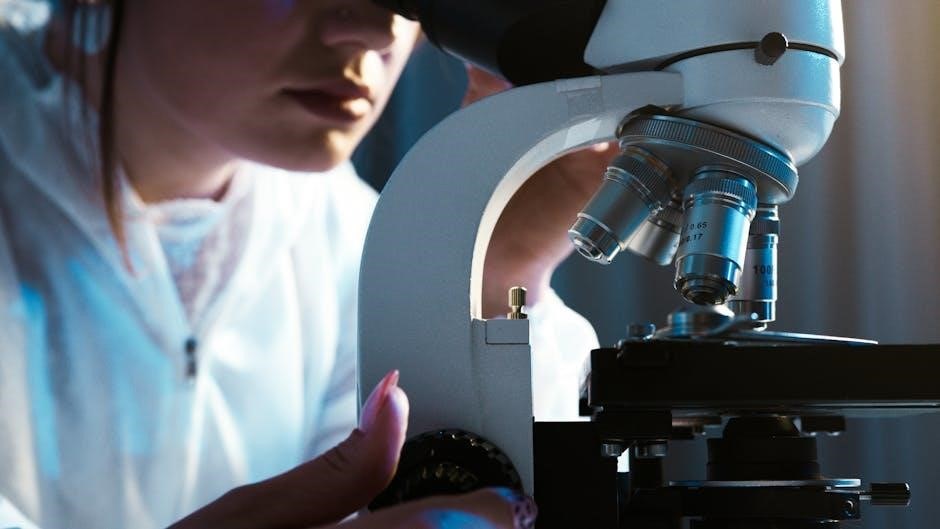
The flame test is a fundamental analytical technique used to identify metal ions, producing vibrant, element-specific colors when heated in a flame. This lab introduces students to the principles of chemical identification through observation and analysis, fostering practical skills in recognizing elemental composition.
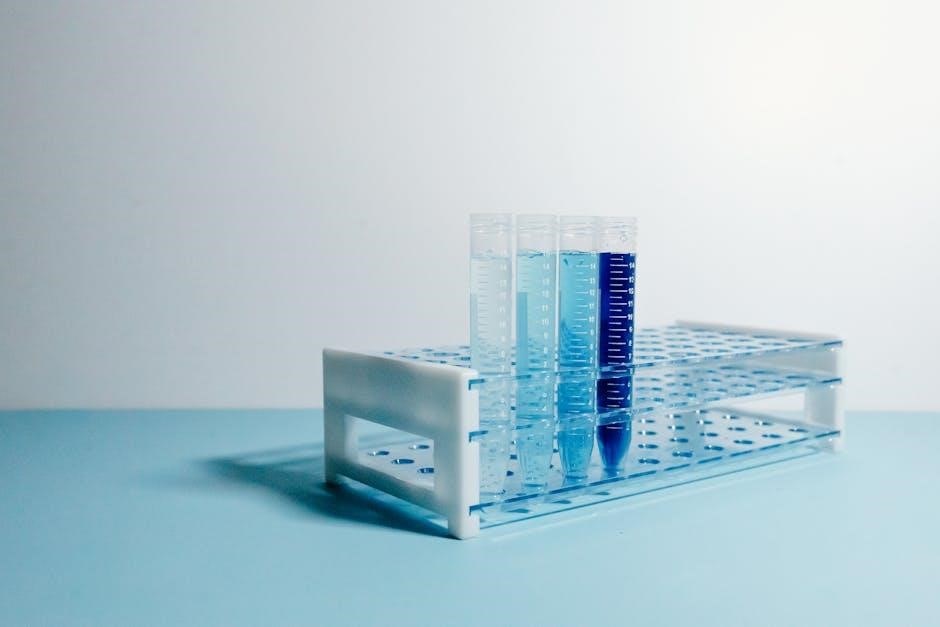
Overview of the Flame Test
The flame test is a simple yet effective laboratory technique used to identify the presence of specific metal ions in a compound. By heating a sample on a clean platinum or nichrome wire in a Bunsen burner flame, the metal ions emit characteristic colors, which can be observed and recorded. This method relies on the principle that each metal ion, when excited by thermal energy, releases light at specific wavelengths, resulting in distinct flame colors. For example, sodium produces a bright yellow flame, while potassium emits a lilac color. The flame test is widely used in chemistry to identify unknown substances, teach students about atomic structure, and demonstrate the unique properties of elements. It is a foundational experiment that bridges theoretical concepts with practical observation, making it a cornerstone of chemistry education.
Purpose of the Lab
The primary purpose of the flame test lab is to enable students to identify metal ions in various compounds by observing the distinct colors produced when these ions are heated in a flame. This experiment helps students understand the relationship between atomic structure and the emission of light, as each metal ion releases light at specific wavelengths when excited. Additionally, the lab aims to develop practical laboratory skills, such as handling equipment like Bunsen burners and platinum wires, and observing and recording data accurately. By comparing experimental results with known flame colors, students can identify unknown substances and gain confidence in their ability to apply scientific principles to real-world problems. This hands-on experience reinforces theoretical concepts and fosters critical thinking and scientific inquiry, making it an essential learning tool in chemistry education.
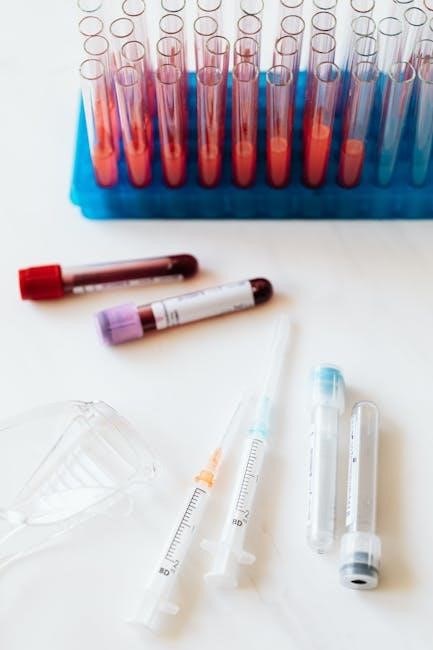
Materials and Equipment Needed
Essential materials include Bunsen burners, platinum or nichrome wires, tongs, goggles, wooden splints, and various metal salt solutions for testing. Ensure all equipment is clean and readily available.
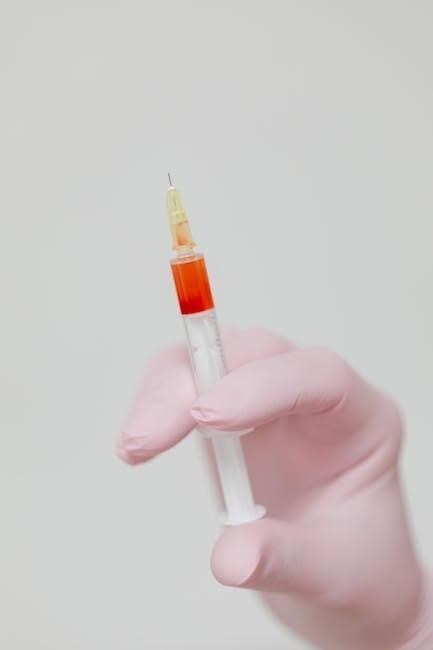
Chemicals and Solutions Required

To conduct a flame test, various metal salt solutions are needed, such as sodium chloride, potassium nitrate, calcium carbonate, copper sulfate, and cobalt chloride. These solutions are prepared in distilled water to ensure purity; The choice of salts depends on the availability and safety of handling. Additionally, deionized water is used to prevent impurities from interfering with the flame colors. It is crucial to handle these chemicals with care, wearing appropriate protective gear. Each solution should be labeled clearly to avoid mix-ups during the experiment. The concentration of the salts should be sufficient to produce vivid flame colors but not so concentrated that it becomes hazardous. Proper storage and disposal of these chemicals are also essential to maintain a safe laboratory environment.
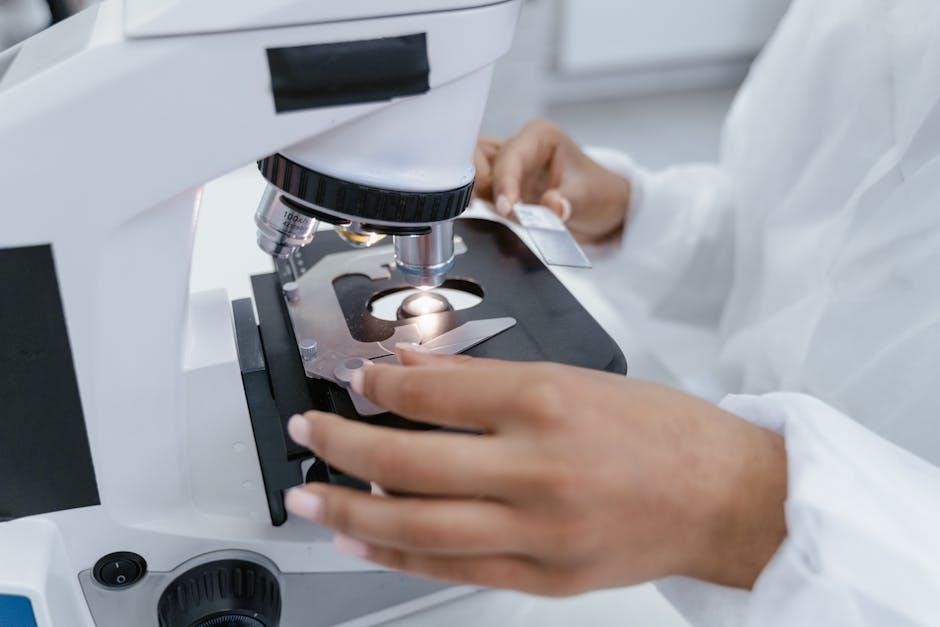
Essential Lab Tools
To perform a flame test, several key pieces of laboratory equipment are required. A Bunsen burner is necessary to produce a controlled flame. Nichrome or platinum wires are used to hold the sample, as they can withstand high temperatures without contaminating the flame. Heat-resistant mats or ceramic tiles are needed to protect the work surface from burns. Tongs or clamps are essential for safely handling hot wires. Safety goggles and gloves are mandatory to protect against splashes and heat. A wooden splint or cotton swab is often used to dip into the solution and hold the sample in the flame. Additionally, a clean source of distilled water is required for rinsing the wires between tests to prevent cross-contamination. These tools ensure the experiment is conducted safely and effectively.
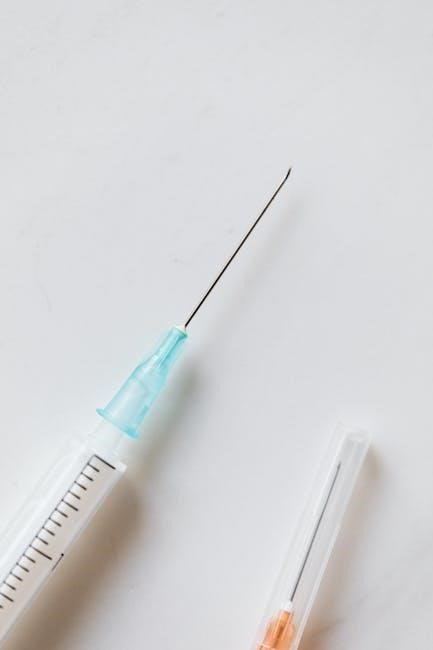
Step-by-Step Procedure
Prepare the Bunsen burner, dip the wire in the solution, ignite, observe the flame color, clean the wire, repeat for each sample, and record the results.
Preparation and Safety Measures
Before starting the flame test, ensure the lab area is clear and well-ventilated. Wear protective gear, including goggles and gloves, to prevent chemical exposure and burns. Handle the Bunsen burner with care, keeping long hair tied back and avoiding loose clothing. Prepare the nichrome or platinum wire by cleaning it thoroughly with hydrochloric acid and rinsing with distilled water to ensure accurate results. Label all solutions to avoid confusion. Ignite the Bunsen burner on a low flame to preheat the wire before dipping it into the test solution. Keep a fire extinguisher nearby and avoid leaving the burner unattended. Follow all safety protocols to minimize risks and ensure a smooth experiment. Proper preparation is key to obtaining reliable data and maintaining a safe learning environment.
Conducting the Flame Test
To conduct the flame test, dip a clean nichrome or platinum wire into the test solution and hold it in the Bunsen burner’s flame. Observe the distinct color produced, which corresponds to the metal ion present. For wood splints, dip the tip into the solution, wave it over a flame to ignite, and note the vibrant color emitted. Repeat the process with different solutions to compare results. Ensure the wire or splint is cleaned between tests to avoid contamination. Proper technique is crucial for accurate color identification, as impurities can alter results. Document each observation systematically to analyze patterns and draw conclusions about the elements present in each compound. This hands-on method provides a clear visual representation of elemental composition, enhancing understanding of chemical properties and their practical applications in identification.

Observing and Recording Results
Observe the vibrant flame colors produced by each metal ion and record them accurately. Use a lab manual or data table to note the distinct hues and corresponding elements. Ensure consistency and validity by comparing results with known flame color charts. This systematic approach aids in identifying patterns and confirming elemental presence, enhancing the reliability of your findings.
Identifying Flame Colors
The flame test reveals distinct colors produced by metal ions when heated, aiding in their identification. Sodium yields a bright yellow flame, while calcium produces a brick-red color. Copper creates a blue-green hue, potassium a lilac color, and strontium a crimson red. These colors are consistent for each element, making them reliable for identification. Reference charts or known samples are used to match observed colors to specific metals. Accurate observation and documentation are crucial for precise identification. This method is simple yet effective, providing immediate visual results. By comparing flame colors to established data, students can confidently determine the presence of specific metal ions in compounds. This hands-on approach enhances understanding of elemental properties and chemical analysis techniques. Flame color identification is a foundational skill in chemistry, offering insights into the composition of materials. It bridges theoretical knowledge with practical application, enriching the learning experience.
Documenting Findings
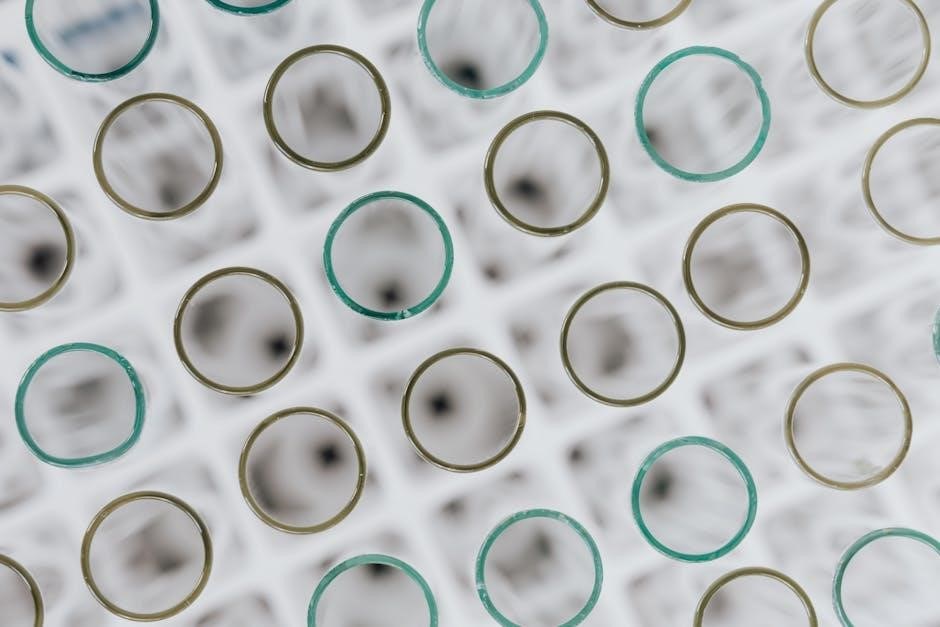
Accurate documentation is essential for validating and interpreting flame test results. Students should record the observed flame colors alongside the corresponding metal ions tested. A data table is often used, listing the metallic salt, expected color, and observed color. This comparison helps verify the accuracy of the experiment. Photographs or sketches of the flames can also be included for visual confirmation. Detailed notes on any deviations from expected results should be made, as they may indicate impurities or experimental errors. Proper documentation ensures reproducibility and allows for thorough analysis. By organizing findings systematically, students can draw clear conclusions about the presence of specific metal ions. This step reinforces the importance of precision and record-keeping in scientific inquiry, providing a reliable foundation for further study and discussion.
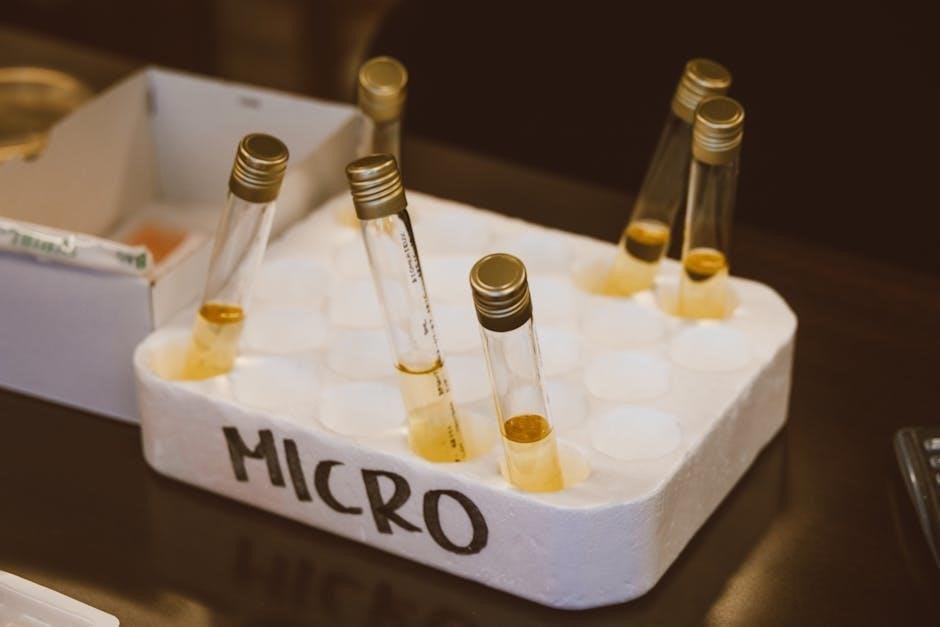
Analysis and Conclusion
The flame test effectively identifies metal ions based on unique flame colors, confirming the presence of specific elements. This simple yet precise method enhances understanding of elemental properties and chemical behavior, making it a valuable tool in both education and industry for preliminary material analysis and characterization.
Interpreting Data
Interpreting data from the flame test involves matching the observed flame colors to known metal ions. Each metal ion produces a distinct color when heated, such as sodium’s bright yellow or calcium’s brick-red hue. By comparing results to reference charts, students can identify the elements present in the tested compounds. Accurate interpretation requires careful observation and understanding of potential interferences, such as impurities in the sample. The consistency of results across multiple trials ensures reliability. This process reinforces the relationship between chemical composition and physical properties, providing practical insights into elemental analysis. The flame test serves as a foundational skill, preparing students for more advanced spectroscopic methods in chemistry.
Final Thoughts and Applications
The flame test lab provides a hands-on experience in chemical analysis, demonstrating how distinct flame colors correspond to specific metal ions. This technique, while simple, offers valuable insights into elemental identification. Beyond academic use, flame tests are applied in industries like metallurgy and fireworks manufacturing to ensure material purity and safety. The ability to identify elements through visual observation underscores the practicality of this method in both educational and professional settings. By mastering this lab, students gain foundational skills in chemical analysis, preparing them for advanced spectroscopic techniques. The flame test remains a timeless and accessible tool for understanding the relationship between matter and energy.